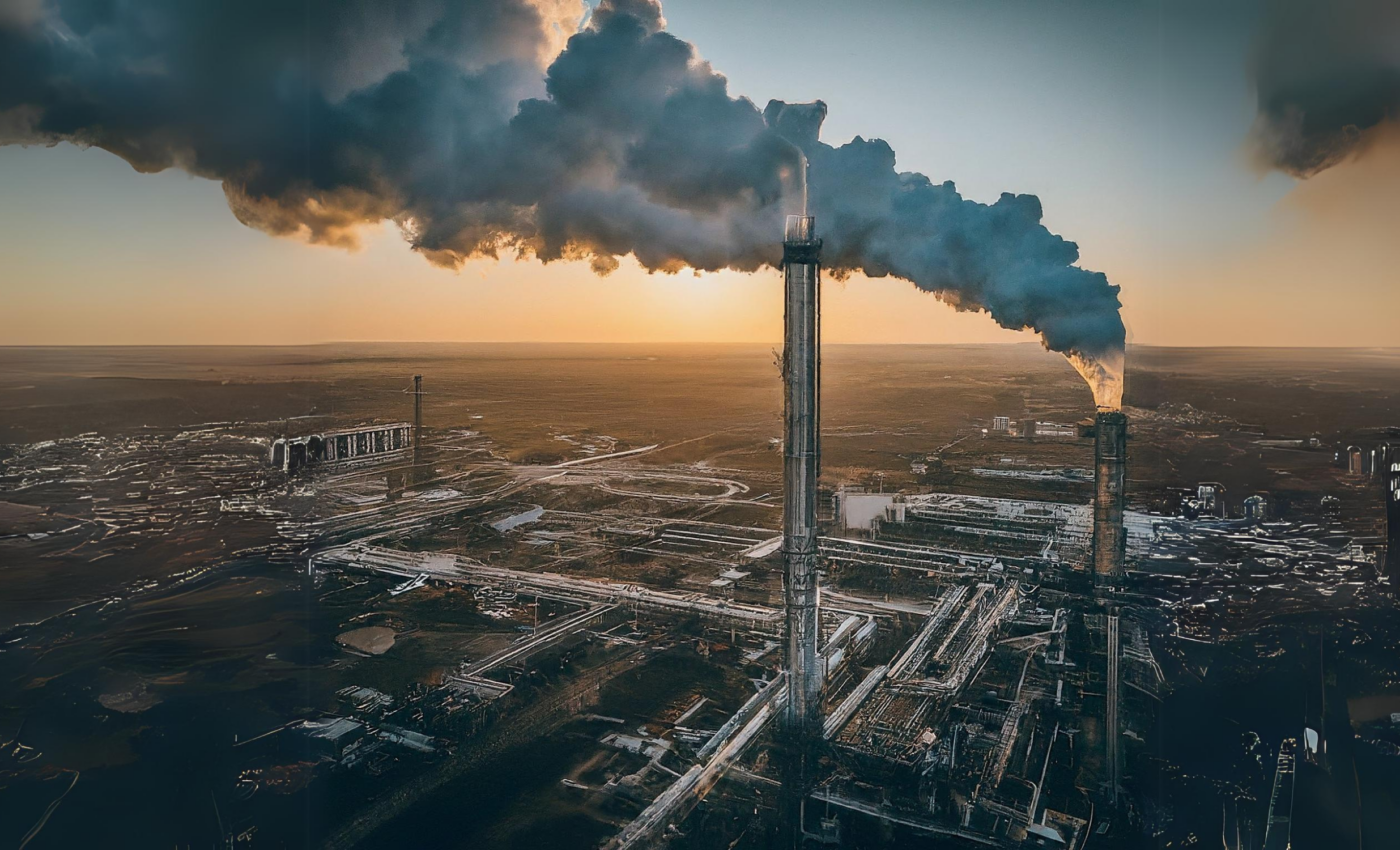
Methane leaks in US oil and gas projects exceed $10 billion yearly in losses
Oil and gas operations across the United States are leaking massive amounts of methane, a potent greenhouse gas. That’s the alarming finding of a new study by Stanford University.
The financial cost of this leakage is estimated to be $1 billion in lost revenue. Moreover, by adding billions of tons of methane into the atmosphere, the oil and gas industry is causing an estimated $10 billion in economic and societal damage each year.
Climate change due to methane
When we talk about climate change, the focus is often on carbon dioxide (CO2). But it’s time to pay serious attention to methane. Though it breaks down relatively quickly, methane traps about 80 times more heat than CO2 over the first 20 years it’s in our atmosphere.
This makes methane a powerful contributor to the rapid warming we’re experiencing. The 6 million tons of methane leaked annually by the U.S. oil and gas industry is roughly equivalent to the yearly carbon emissions from all fossil fuels burned in Mexico.
Oil and gas operations
The researchers conducted extensive aerial surveys of six major oil and gas regions in the U.S. They used advanced sensors mounted on aircraft to measure methane emissions, even from smaller leaks.
This data, combined with computer modeling, allowed them to pinpoint where emissions were highest and offer practical solutions.
The team found that actual methane emissions from oil and gas operations are roughly three times higher than previous government estimates. This discrepancy highlights the need for better monitoring and data collection.
Regional variations in methane leaks
The study revealed surprising regional differences. In New Mexico’s portion of the Permian Basin, an alarming 10% of produced methane escapes directly into the atmosphere. On the other hand, some areas performed better than expected, suggesting that good practices can significantly reduce methane leaks.
“Costs aside, the main message here is that some regions show emissions at rates well above those the government itself uses to estimate methane losses,” said senior study author Adam Brandt, an associate professor of Energy Science & Engineering at the Stanford Doerr School of Sustainability.
“We hope this will spur government methane inventories toward greater incorporation of remote sensing data at the heart of those estimates.”
The researchers also found that a shockingly small number of sites are responsible for the lion’s share of methane emissions. Fixing leaks at just 2% of facilities could reduce emissions in most regions by 50-80 percent.
Additionally, they highlighted that midstream infrastructure (the pipelines, processing plants, and compressor stations that transport gas) is leakier than previously thought.
Methane leak reduction
“Solving the methane challenge is not quite as easy as simply finding and fixing a handful of leakers, as these stark numbers might suggest, but it does mean that efforts concentrated on relatively few operations could have considerable benefits,” said lead study author Evan Sherwin, a research scientist at Lawrence Berkeley National Laboratory.
By taking action to stop methane leaks, the oil and gas industry can save money and slow climate change. With roughly $1 billion in gas going up in smoke each year, investing in leak detection and repair makes financial sense.
Study significance
The study demonstrates the value of advanced monitoring techniques for accurately measuring methane emissions. This type of data is essential for developing effective regulations and guiding industry efforts to reduce their climate impact.
“Climate change mitigation starts with better tracking of emissions, of course, but also accurate tracking of reduction efforts going forward,” Brandt said.
Let’s hope these findings lead to a future where the oil and gas industry works proactively to minimize methane leaks in the U.S.
The study is published in the journal Nature.
—–
Like what you read? Subscribe to our newsletter for engaging articles, exclusive content, and the latest updates. Check us out on EarthSnap, a free app brought to you by Eric Ralls and Earth.com.
—–













